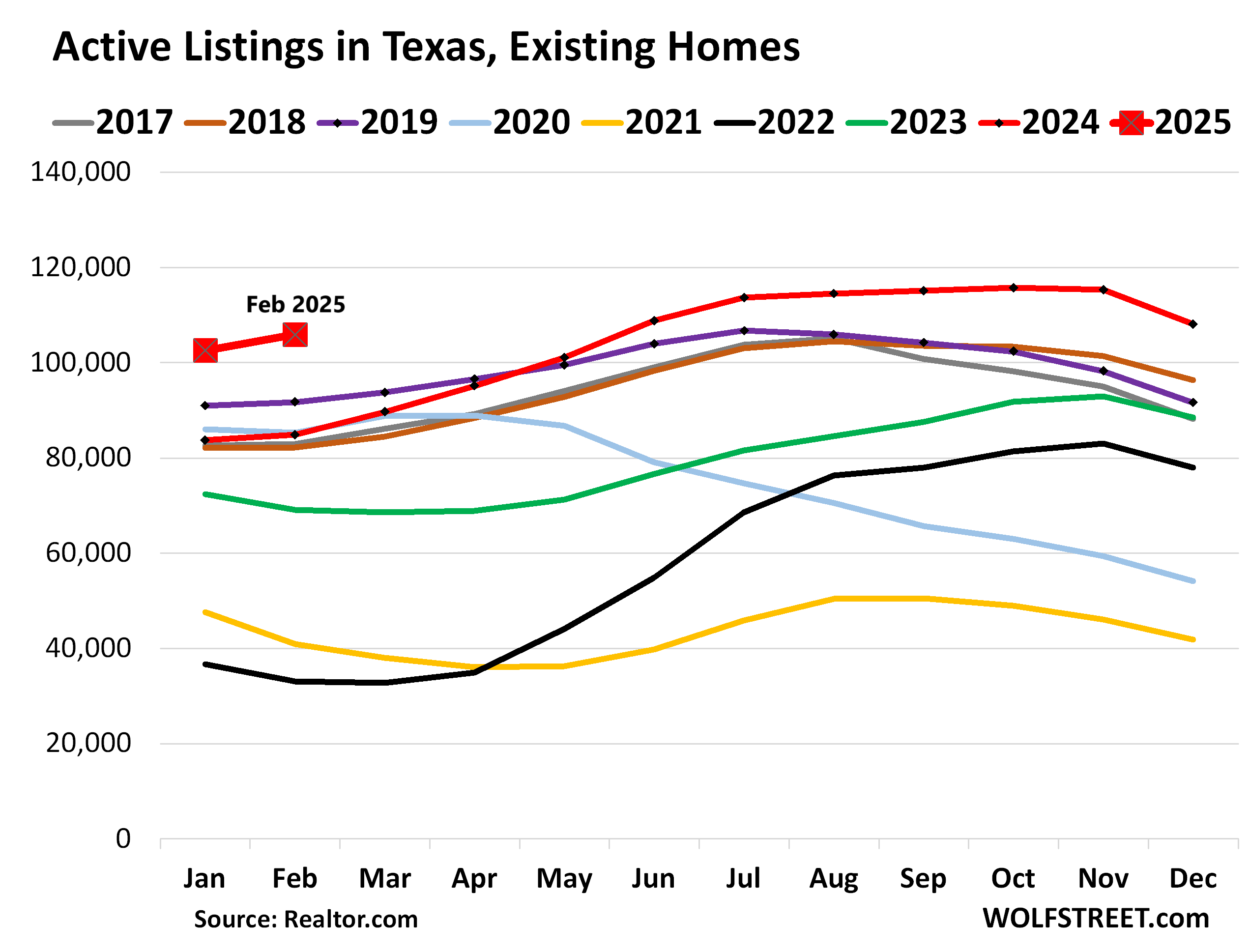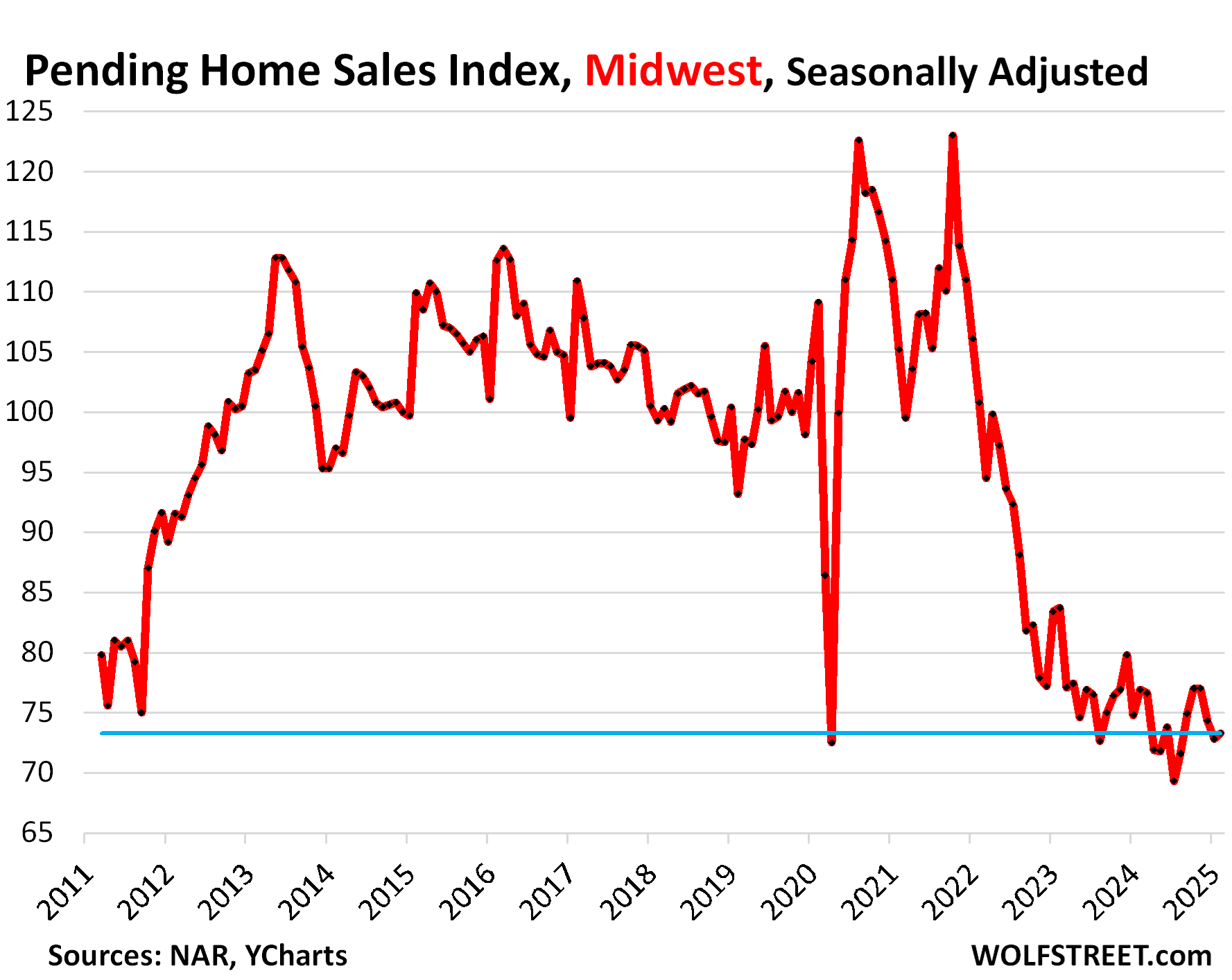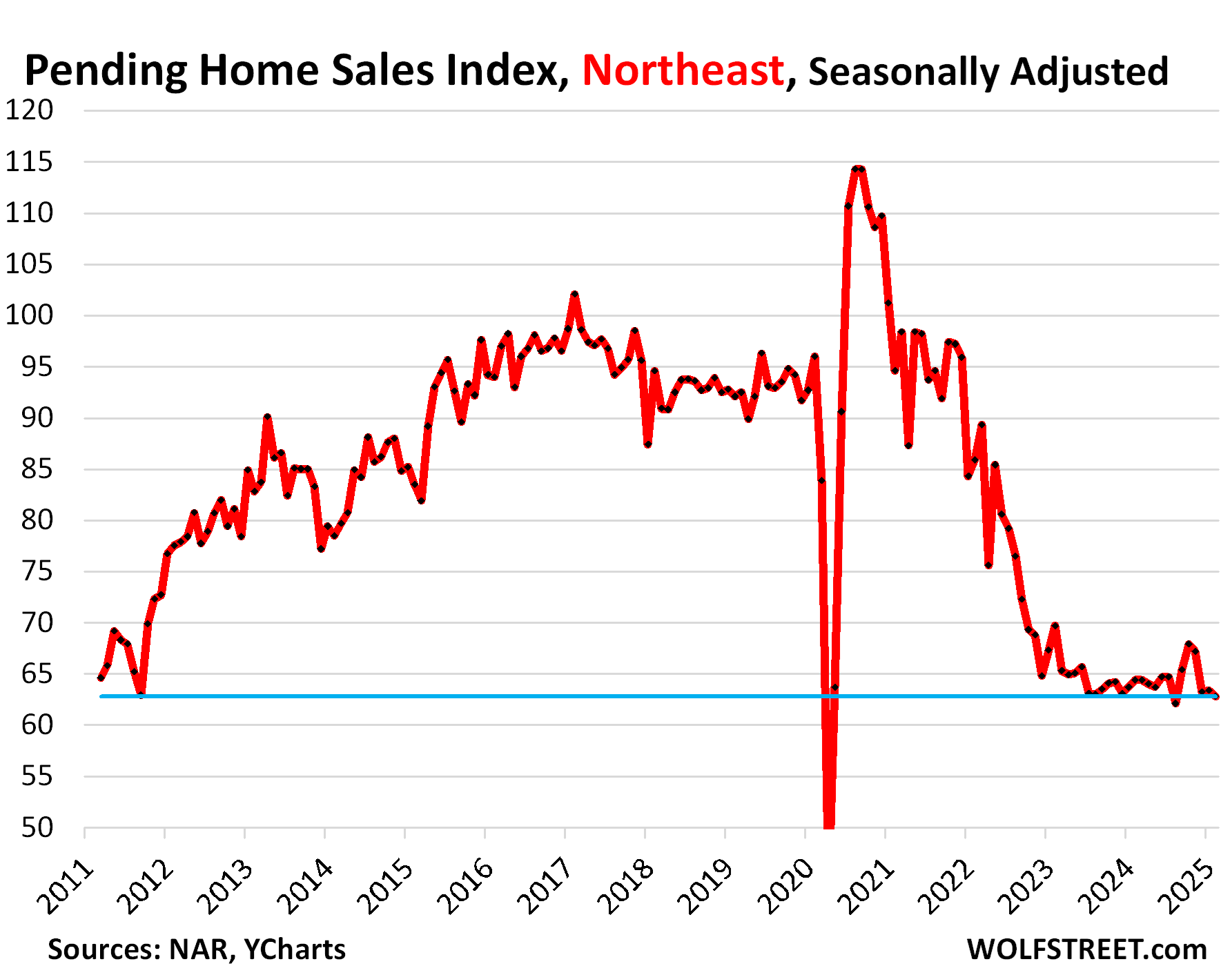Energy News Beat
ENB Pub Note: Alaska is very dear to my heart with all of my trips to Alaska and my Grandfather being attributed for being a major discovering geologist of the North Slope formations, it is great to see the Alaskan natives in positive support of the drilling programs. Oil and gas mean a lot of great jobs and income for the Alaskan markets, and the oil companies are the best in the world for minimizing the impact on the environment.
Alaska Natives are celebrating the Interior Department’s decision to reinstate oil and gas leasing and expansion.
Alaska Natives celebrated the Department of the Interior’s (DOI) decision to reinstate leasing and expansion for Alaska’s oil and gas, community leaders told the Daily Caller News Foundation. [emphasis, links added]
DOI announced Thursday that DOI Secretary Doug Burgum is “taking immediate steps to unleash Alaska’s untapped natural resource potential and support President Donald Trump’s vision of American Energy Dominance,” [by] reopening oil drilling in areas that the Biden administration had previously moved to shut down.
Native community leaders in Alaska told the DCNF that the DOI under the Trump administration has taken a step in a “favorable” direction.
“It’s cautious optimism,” Nagruk Harcharek, president of Voice of the Arctic Iñupiat (VOICE), a nonprofit organization that represents 21 different Native American corporations and communities in Alaska, told the DCNF.
“We feel like we’re going to be able to get some things done with a more favorable administration, but we’re also being careful about it because we don’t want to threaten that cultural base and lifestyle that we rely on every day.”
Drilling activity is again open for development on the National Petroleum Reserve in Alaska (NPR-A) and the Arctic Wildlife National Refuge’s (ANWR) Coastal Plain after the Biden administration moved to forward a 2023 proposed rule to shut down development in 2024.
VOICE and its members announced that they “applaud the U.S. Department of the Interior’s Actions on the North Slope,” in a March 20 press release shared with the DCNF.
“It was just a constant barrage of surprise after surprise,” Harcharek recalled the actions of the Biden administration to the DCNF.
Harcharek referenced that the previous administration claimed to be the “most tribally friendly administration in the history of the United States,” though the native communities in the North Slope of Alaska “didn’t get that sentiment whatsoever.”
Harcharek signaled that the Biden administration promised “meaningful consultation with the Indigenous communities who stand to be most affected by policy decisions,” on paper, and that they “were hopeful that it would be included in those dialogues” surrounding the National Petroleum Reserve.
He said there was “very minimal consultation,” though this impacts his communities’ “backyard.”
“Oftentimes, we were finding out policy changes in the news,” Harcharek said. “Which is not ideal when they have our phone numbers.”
Read rest at Daily Caller
The post Alaskan Tribes ‘Applaud’ Interior’s Move To Restore Oil And Gas Leasing appeared first on Energy News Beat.























